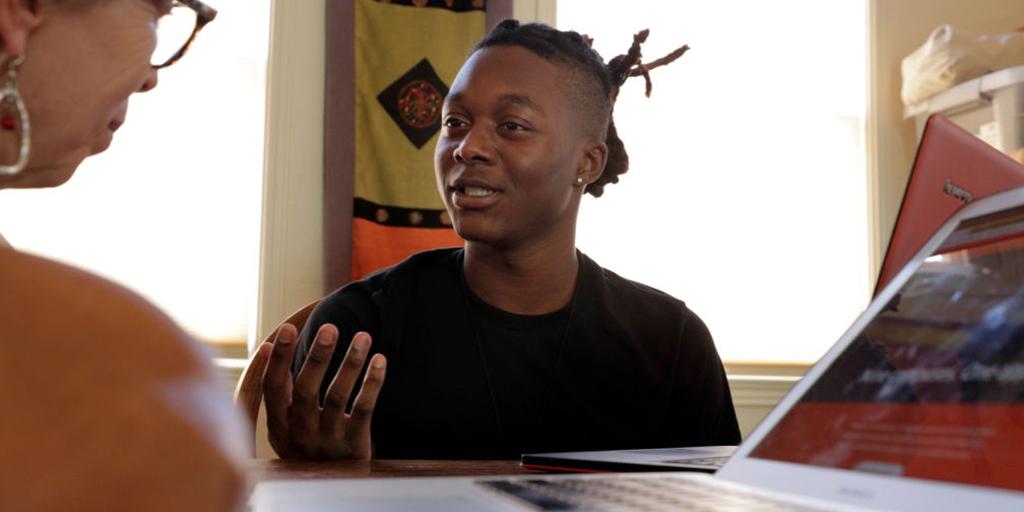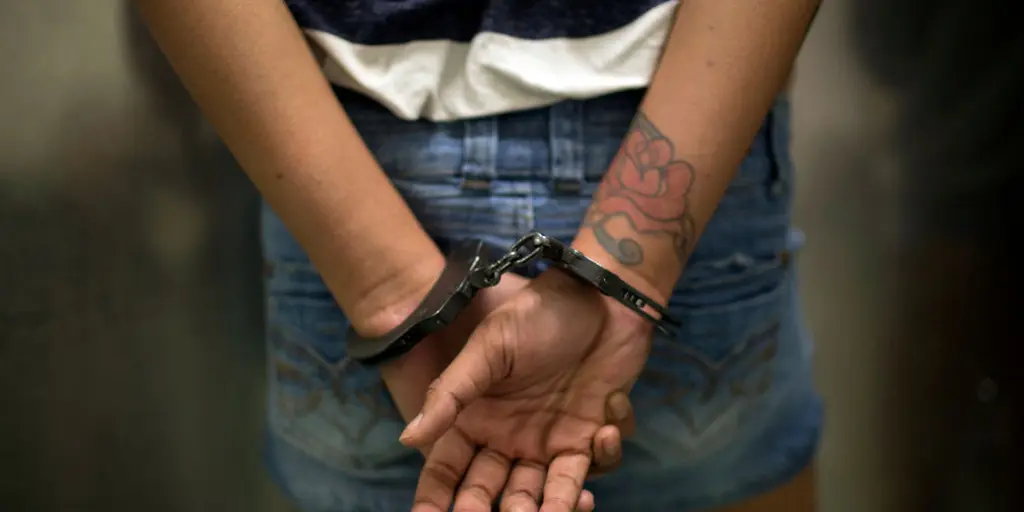Juvenile Justice System Transformation
Child Trends strives to partner with policymakers, practitioners, advocates, and youth to conduct research and evaluation studies and provide technical assistance that can strengthen juvenile justice system policies, practices, and programs to make the juvenile justice system more fair, equitable, and beneficial to youth, families, and communities.
Other Youth & Young Adults Subtopics
Latest Research on Juvenile Justice System Transformation
Sep 18, 2024
Jan 25, 2024
See All Research on Juvenile Justice System Transformation
Featured Experts
Victor St. John
Research Scientist II
Kristine Chan
Research Scientist l
Samantha Holquist
Senior Research Scientist IIProgram Area Director, Education Research
Kristen Harper
Vice President for Public Policy and Engagement
Claire Kelley
Senior Data ScientistProgram Area Director, Data Science
Sarah Kelley
Senior Data ScientistProgram Area Director, Data Science
Projects
ChildTrends12300 Twinbrook Parkway Suite 235 Rockville MD 20852240.223.9200
© Copyright 2025 ChildTrendsPrivacy Statement
Newsletter SignupLinkedInYouTubeBlueskyInstagram








